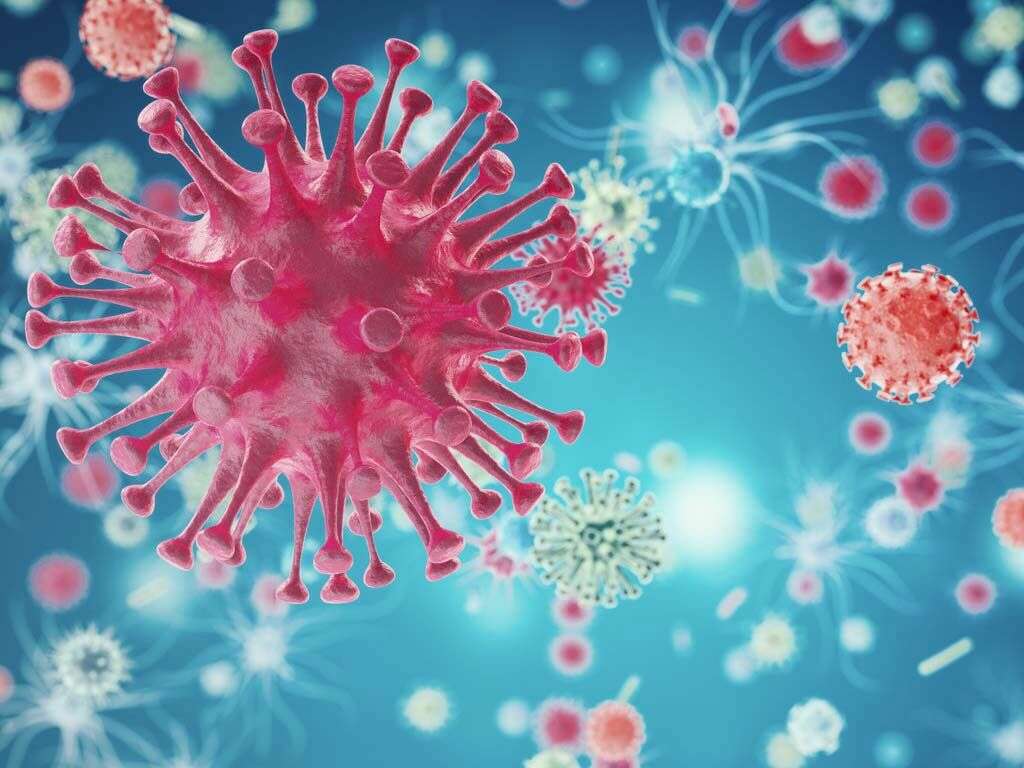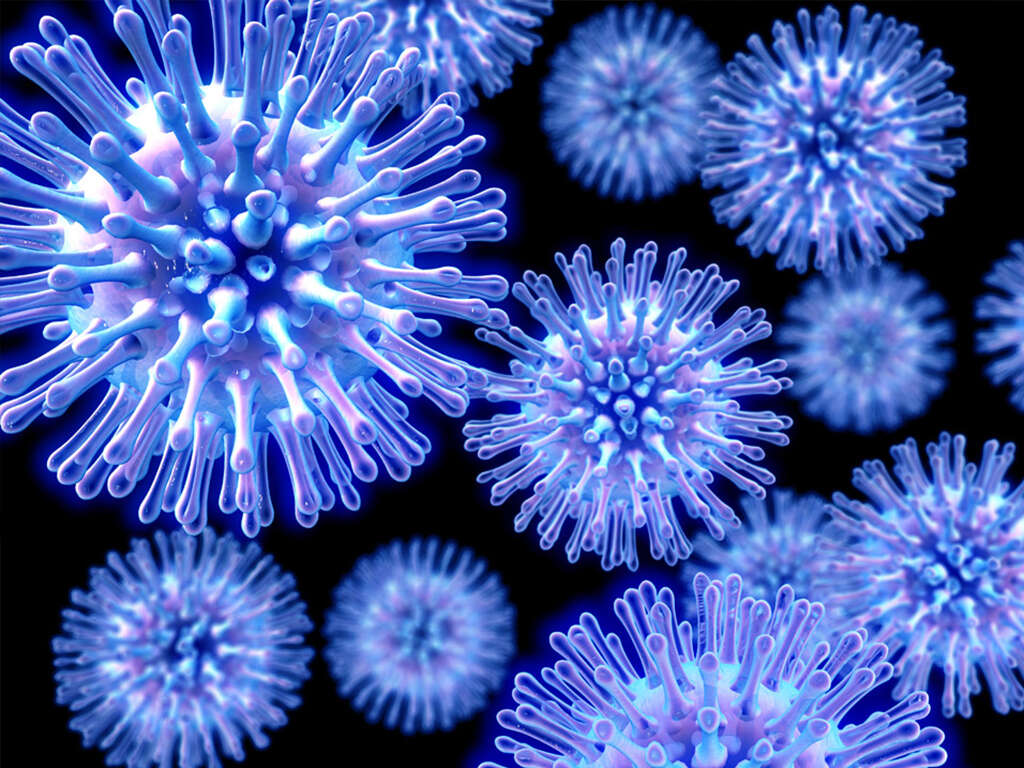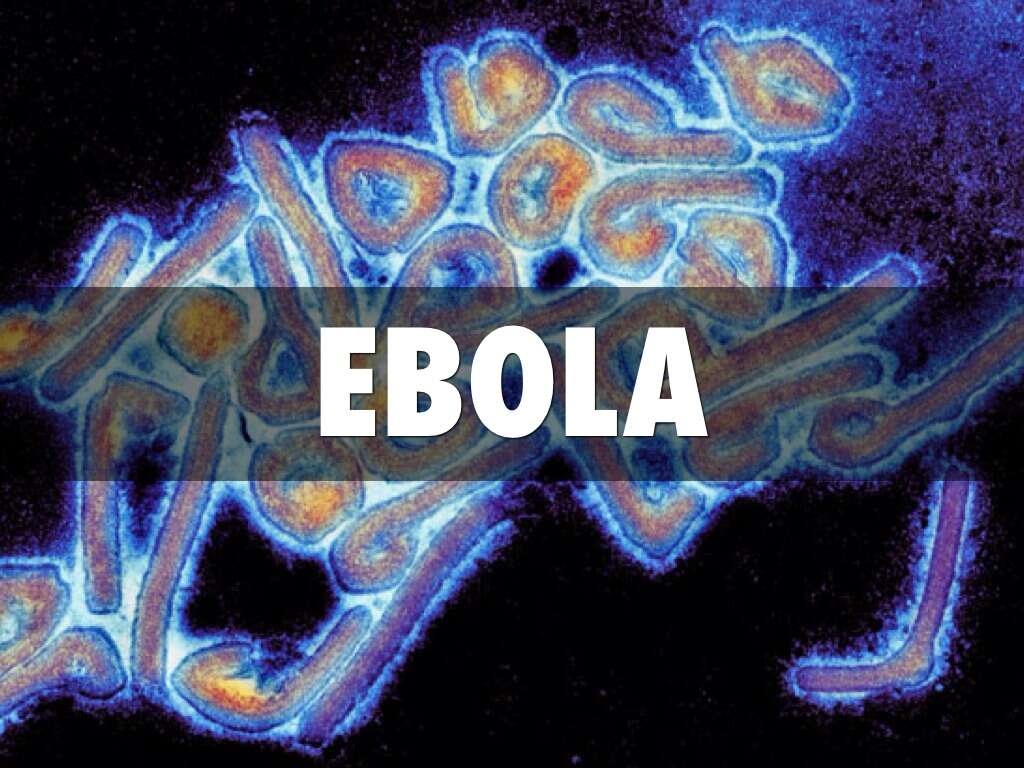What Is Coxsackievirus?
The unusual name of Coxsackievirus may sound unfamiliar, but this pathogen is responsible for one of the most common diseases of childhood: hand-foot-and-mouth disease. Thousands of children each year contract this illness, and it is especially prevalent in daycare centers. It is also the culprit in rarer and more serious infections of the heart and brain. It has even been implicated in Type 1 diabetes.
Coxsackievirus is a retrovirus, like the now-familiar coronavirus and HIV, and is classified in the same genus as polio. Could it be just as dangerous as these other viruses? The following 10 facts will explain how viruses spread and make you sick, name some common and rare diseases caused by the Coxsackievirus, and tell you which one has reached pandemic status.
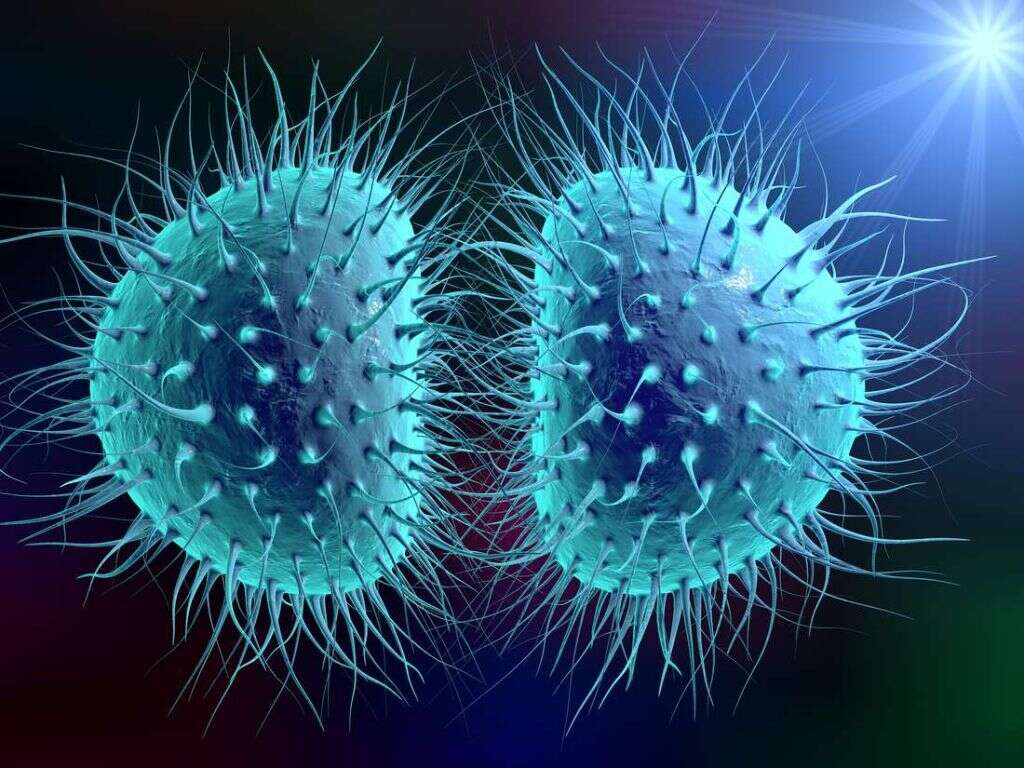
1. Classification of the Coxsackievirus
The Coxsackievirus was named after the town of Coxsackie, New York, where it was discovered in 1948. At that time, viruses were simply named at the discretion of the discovering scientist. Today, animal viruses are classified by their physical structures and assigned to a family, genus, and species. The Coxsackievirus species belongs to the genus Enterovirus and the family Picornaviridae.
A species of virus can be further subdivided into serotypes, which vary in the number and types of proteins on their outer surfaces. These surface proteins are called antigens and are what determine the type of host cells the virus can infect. The Coxsackievirus has at least 30 different serotypes, and virologists have put them into groups A and B depending upon how they affect laboratory mice.

2. Definition of a Virus
A virus has a simple structure, consisting only of a piece of genetic material wrapped in a protein coat, and sometimes contained within a membrane. Viruses share many characteristics with living things, such as the ability to move and reproduce. They also contain genetic material made of either DNA or RNA. However, because they do not eat or breathe, they are not considered to be living organisms.
A virus can be thought of as more like a computer program than a life form. For example, a computer program does nothing until installed into a computer that reads the program and uses its own electricity and hardware to make copies. The copies are not babies that need to eat and grow, but rather are exact duplicates. In a similar way, a virus also has no life or energy of its own and exists only to be replicated by another organism.

3. Viral Infection
The virus’s genes determine the types of antigens on its surface. Viruses have a high rate of mutation in their genetic codes, so there is a great variety in their antigens. Most do not match any host’s cells and eventually die out. Occasionally, an antigen will fit into receptors on a human cell like a tiny key fitting into a lock. When this match occurs, the cell opens up and allows the virus to enter.
A virus does not consume cells but rather hijacks their machinery. Ribosomes are cell structures that normally read human DNA code and make proteins. The virus causes the host’s ribosomes to instead copy its own genetic material. Then the cell eventually bursts open, releasing new viruses and destroying the cell. Symptoms such as fever, malaise, and increased mucus are by-products of the immune system’s response to the invaders.

4. Contagion
Coxsackieviruses spread in tiny droplets of mucus and saliva that are sprayed when an infected person coughs, talks, or sneezes. They also are carried in human feces. The virus is picked up by an uninfected person who either breathes in the droplets or touches fomites, which are infected surfaces, such as doorknobs and light switches. Touching the face brings the virus into contact with the mouth, nose, or eyes.
The incubation period between infection and symptoms is one to five days. People are most contagious during the first week of feeling ill; however, the virus can live asymptomatically in the respiratory system for three weeks and in the digestive system for eight weeks. A person is less contagious during this time but can still spread the disease. Most at risk of infection are young children and pregnant women, who can spread the virus to their newborn babies.

5. Hand-Foot-and-Mouth Disease
Serotype A16 of Coxsackievirus causes hand-foot-and-mouth disease. It is named after its primary symptoms, which include painful blisters inside the mouth and a rash on the palms of the hands and soles of the feet. Other symptoms include fever, sore throat, irritability, and refusal to eat. Finger and toenails may fall off as a normal part of recovery. Although similar in name, this condition is unrelated to the viral foot-and-mouth disease contracted by livestock.
Hand-foot-and-mouth disease is common among children between the ages of 3 and 10. It can be contracted at any age, but most older children and adults acquire immunity after their initial exposure. It is considered a mild illness with few complications. It is prevalent at daycare centers, where it is spread by children who are not potty-trained. Outbreaks typically occur during summer and fall in the US.
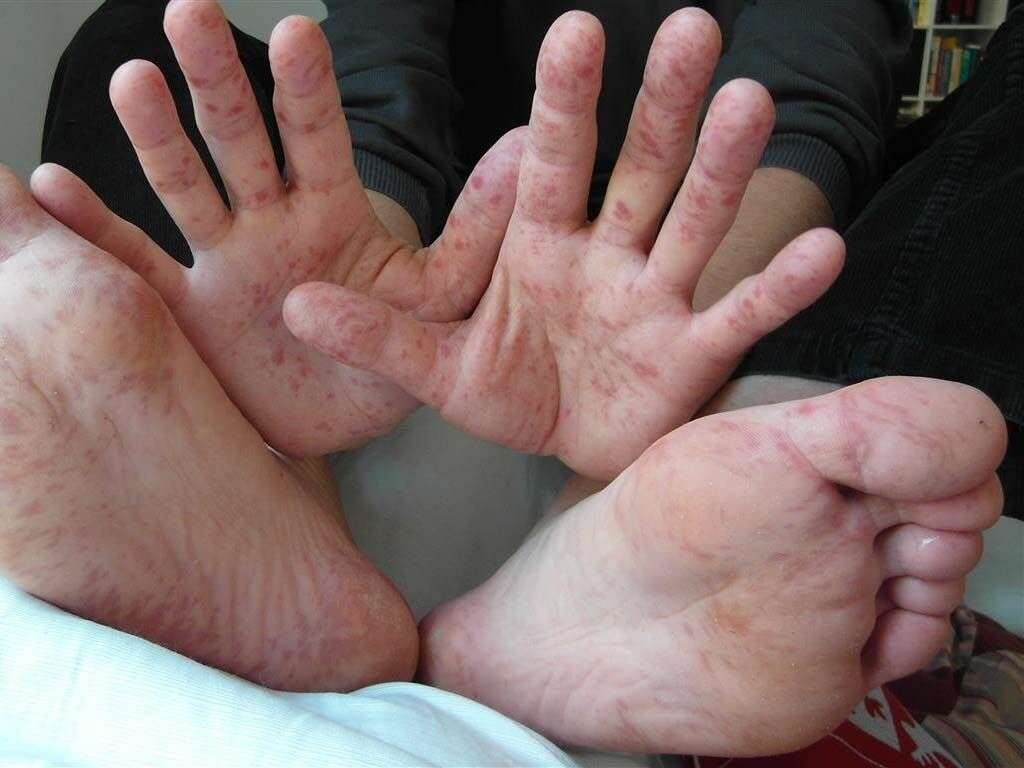
6. Herpangina
Herpangina is another non-serious disease of childhood. It is caused by Coxsackievirus serotypes A1-10, 12, and 22, and occasionally B1-5. The first signs of illness are usually a high fever, irritability, and refusal to eat. Some young children will also pull on their ears or complain of headaches. Lymph nodes in the neck become swollen and some children will vomit. Febrile seizures can occur.
Unlike sores from hand-foot-and-mouth disease, they are restricted to the very back of the mouth and throat where they are difficult to detect without a close examination. The sores are less than 5 millimeters in diameter and consist of a white or yellow raised portion surrounded by a red border. After the fever has subsided, patients recover in five to 10 days.
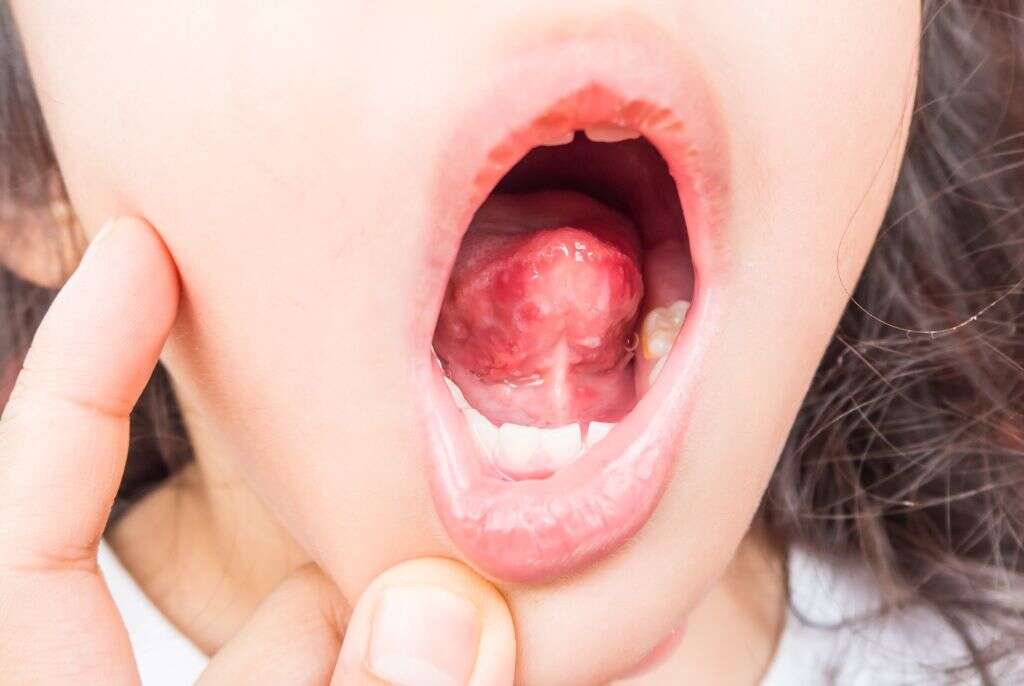
7. Acute Hemorrhagic Conjunctivitis
Acute hemorrhagic conjunctivitis is a severe form of pink eye caused by Coxsackievirus A24. Symptoms include a sudden swelling of the eyelids, production of tears and mucus, and intense pain in response to light. Tiny blood vessels in the white of the eye burst and are noticeable as red patches. Twenty percent of patients report fever and headache, but usually, no other parts of the body are affected. The condition goes away within two weeks.
Acute hemorrhagic conjunctivitis was first discovered in 1969-70 in Ghana and Singapore; it then spread to the western hemisphere in 1981. It is now considered pandemic in scope, with periodic outbreaks infecting millions of people worldwide. The disease is most common in countries with poor sanitation, where it is often spread by sharing bathwater, towels, or bedding.

8. Infections of the Chest and Heart
Coxsackievirus B5 causes pleuordynia, also known as Bornholm disease or the devil’s grip. The illness is marked by sudden, acute pain in the skeletal muscles of the chest or upper middle abdomen. Pain can come and go over several days or weeks. Other symptoms include fever, sore throat, and a feeling of malaise. Complications usually do not occur, and symptoms subside as the body’s immune system eventually removes the virus.
Infrequently, various serotypes of groups A and B Coxsackievirus can spread to the heart. Pericarditis, an inflammation of the heart’s outer membrane, is marked by a sudden stabbing pain in the chest. The condition is short-lived and usually resolves on its own. Myocarditis, an inflammation of the heart muscle, is more dangerous. Symptoms include pain in the chest, arrhythmia, and shortness of breath. In severe cases, it can weaken the heart muscle and lead to heart failure.

9. Meningitis, Encephalitis, and Type 1 Diabetes
Infections caused by group A and B Coxsackievirus serotypes can sometimes spread to the nervous system. Aseptic meningitis occurs when the cerebrospinal fluid and the membrane surrounding the brain become infected. Symptoms include headache, high fever, rash, and a sore, stiff neck. The condition usually goes away without treatment, but in rare cases leads to encephalitis, a potentially life-threatening swelling of the brain.
Coxsackievirus B4 is currently under investigation as a possible causal factor in the development of Type 1 diabetes. Research has shown diabetic children to have three-ten times more enterovirus infections than children without the disease. Genetic factors are also thought to play a strong role.

10. Diagnosis and Treatment
Infection by Coxsackievirus can be verified by laboratory examination of stool and other bodily fluids. However, in most cases diagnosis is made by clinical examination. Parents do not always seek medical treatment for children with mild symptoms. However, illnesses that do not resolve within one week always warrant examination by a medical professional to rule out possible complications.
There is no known cure or vaccine for Coxsackievirus. Medical treatments are palliative in nature, providing only comfort and temporary relief of symptoms. Research is currently underway to develop vaccines, especially for the serotype correlated with Type 1 diabetes. Epidemiologists and public health professionals likewise look for ways to minimize the spread of the virus.






